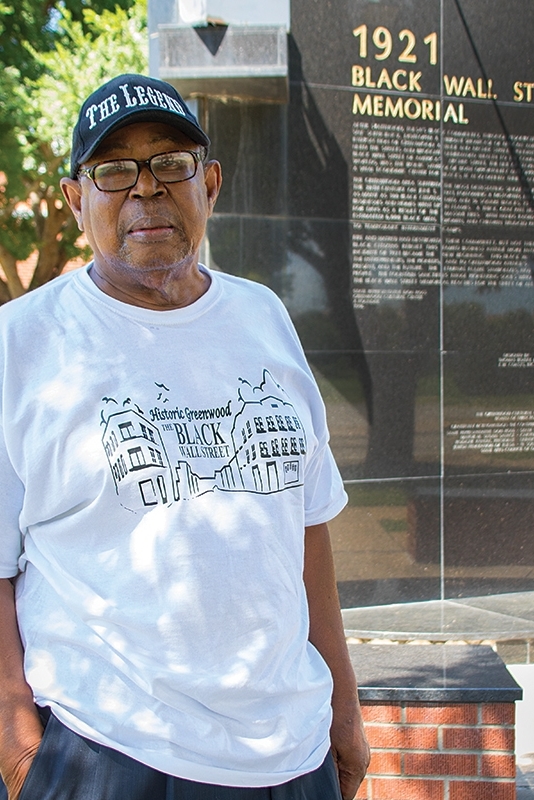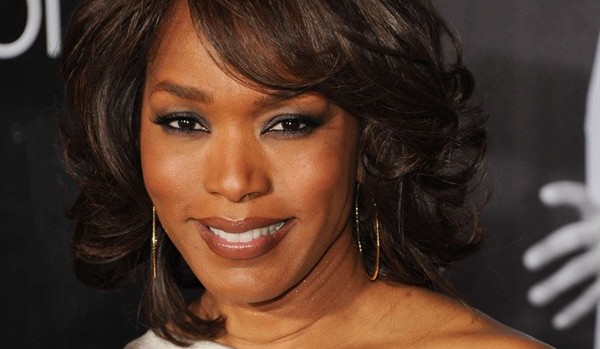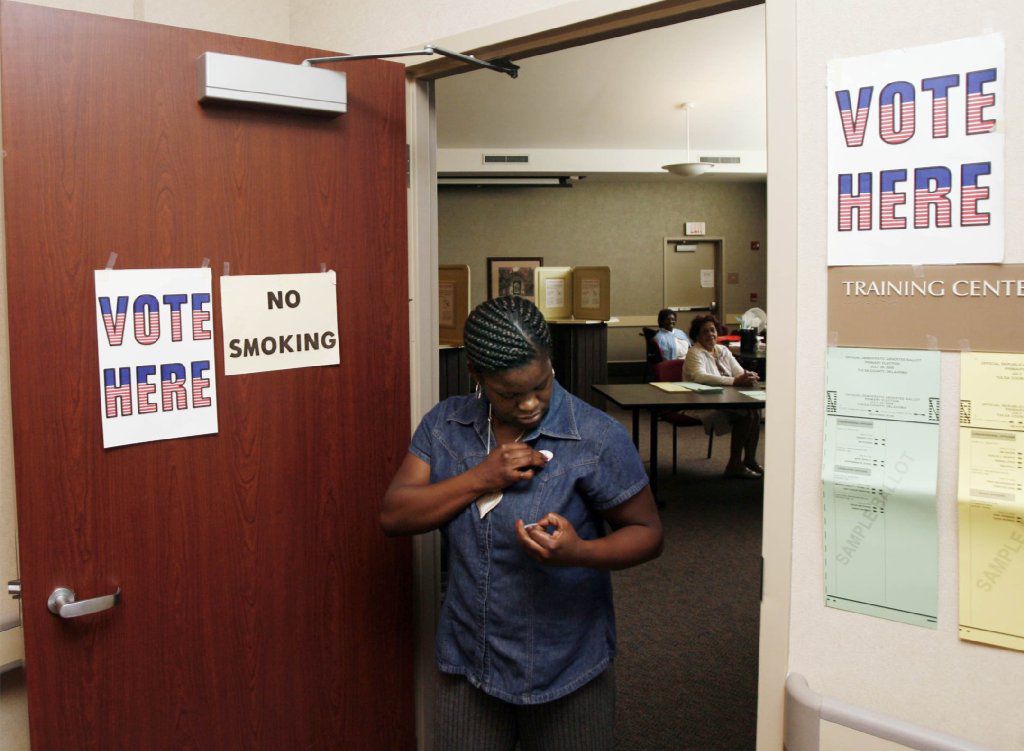
By Gail Banzet-Ellis
Don Ross can trace his ancestry to the Trail of Tears through a family tree of both Native American and African-American lineages. His efforts to honor the past while striving to improve race relations have shaped his life’s work as a journalist, state legislator and civil rights leader.
A U.S. Air Force veteran, newspaper columnist and entrepreneur, Ross served from 1983-2003 in the Oklahoma House of Representatives while advocating for monumental racial change in his hometown of Tulsa and communities across the country.
Among his many career highlights, he is known for convincing Oklahoma to become the first Southern state to remove the Confederate flag from the Capitol grounds in 1989. The father of six also was a key leader in the development of Tulsa’s Greenwood Cultural Center and the Black Wall Street Memorial and in the city’s acknowledgment of the 1921 Race Massacre.
Where did you go to school/university? Why?
I attended grade school in Vinita. I was born in Tulsa, but after my parents divorced, my grandma invited us to live with her in Vinita. I am convinced my time there framed my views on race and white people. There was no playground equipment at our school while the yard at the white school, in the middle of the black community, had everything. On evenings and weekends, we played on the white schoolyard, and when police passed they would chase us off. One time they loaded us in squad cars with the red lights blinking and a siren screaming. The cops took us home and reported the crimes to our folks. My grandma told us “to leave white folks’ stuff alone.” Afterward, we took turns watching for the cops.
I went to George Washington Carver Middle School and Booker T. Washington High School (in Tulsa). I studied journalism for my bachelor’s degree and for my master’s degree at the University of Central Oklahoma (formerly Central State University).
What was one of your most defining moments in life?
While in Air Force basic training, our troop was evenly split between blacks and whites. Most of the blacks were from the North and West, and most of the whites were, like me, from the South. Both groups liked me, and they elected me barrack’s chief. I was in charge when the training instructor was gone, and he told me to have the troop name the flight. The North and West group came up with a name honoring the Yankees, and the Southern boys’ name honored the Confederacy. The vote was tied, so I had to decide the winner. In high school, Civil War history was my favorite subject, but what I didn’t know was that the Oklahoma history books favored the South. I stood and loudly sided with the Southern group and felt good that whites applauded my vote.
That night, the USO sponsored a dance and before the band started, my best buddy asked me outside. For the next 15 minutes, he gave me two black eyes, a broken nose and busted lip. I was taught the Northern version of the Civil War and was now convinced that Robert E. Lee should have been hung. After learning what had happened, the training instructor changed the name of the group to something we could all agree on. It united the airmen and our troop won most of the competitions on base.
Incidentally, that guy who asked me outside was best man at my wedding, and we still talk after nearly 60 years.
What age do you feel right now and why?
I’m 77. I feel even older than I am — and that’s old. I’ve had several health reversals, and everything hurts.
How would your friends describe you?
I think they would say I have a sense of humor and that I speak forthrightly. I was deeply committed to civil rights and will challenge wrong. My ex-wife, a wonderful woman, is my best friend, and she thinks I’m irritating.
What would people be surprised to know about you?
I love to cook, have written two books and appeared on “60 Minutes,” the “Today” show and many other talk shows. Time Magazine (quoted late syndicated columnist Art Buchwald who) called me one of the best humorists in the nation, and Art was a friend and among my best fans.
As a state legislator, you helped introduce a bill to create the Oklahoma Commission to study the Tulsa Race Massacre of 1921. How did you first learn about the massacre, and what inspired you to do the research on it?
I was a sophomore in high school and enrolled in the yearbook class. The teacher was W.D. Williams, a great friend of mine, who said a yearbook is not the history of a school but the history of the community. He went on to say there was a race riot in 1921 that killed as many as 300 and burnt down the town. I literally called him a liar. He showed me all of these photos from albums he owned. I had never heard about the riot, and ever since then I’ve had an interest in it.
What are some of your other hobbies?
I don’t fit any black stereotypes. I can’t sing, dance or play basketball. If it wasn’t for my skin color, I could be white. Other than studying and writing about history, my hobbies are limited. Thirty years ago, I bought a set of golf clubs and took lessons. I found it boring, and the clubs are now collecting dust in my garage.
If you could witness any event of the past, present or future, what would it be?
The Middle Passage: the pain and agony of hundreds of slaves cramped in the hull of a ship in the heat and cold. Throwing oneself overboard was a better option than living, and only the strong survived. As a descendant of those survivors, I feel I’m more empowered than those who came on the Mayflower. The indignities blacks face today should remind us that hope is a sustaining force.
What was a “worst time” and how did you pull through it?
It was the death of one of my sons, Curtis, from diabetes. He was a senior at Oklahoma State University, scheduled to graduate in two months. He was handicapped and was an inspiring and incredible child. While I love all my children, Curtis was special. He had planned to attend University of California, Los Angeles for his master’s degree. I was attending law school at the University of Tulsa. When he died, it affected me so much I never returned to TU. I’ve never gotten over his death. I discussed it with a physician friend who told me that even after all these years, I am still grieving.
What concerns you today?
Donald John Trump. I was a part of the Civil Rights Movement and witnessed the change it brought. I was one of Lyndon B. Johnson’s affirmative action successes — the first black baker at Wonder Bread in Oklahoma, the second black in management of a daily metropolitan newspaper (Gary Post-Tribune in Gary, Indiana) and a couple of other firsts. In the ’60s, I was convinced that a colorblind society was possible. I was even more hopeful with the election of President (Barack) Obama. With Trump, I fear my grandchildren will face more hardships than I can imagine.
Who are some other persons you revere or who have influenced you?
There are many: Dr. Martin Luther King Jr., Malcolm X, Marian Wright Edelman, Sen. Robert Kennedy,Gov. Henry Bellmon, Tulsa Mayor Robert J. LaFortune, Norma Eagleton and, more recently, John McCain.
How do you measure success?
To have an idea or vision and recruit others to assist you in making it happen — then turn it loose and develop other projects and repeat the same. Let history decide who gets the credit.
What is a favorite Tulsa memory?
The Civil Rights Movement of the city, when a significant number of blacks and whites felt compelled to do something about racial inequity. After all these years, I still remember many of their names and look upon them with great fondness.
Describe a perfect weekend in Tulsa or elsewhere.
A weekend in New York, Paris, Denver, London and anywhere in Italy or Greece doing what tourists do — restaurants, museums, historical landmarks and just watching people.
What place in Tulsa do you miss the most?
Greenwood Avenue and the Black Wall Street of America that I knew as a teenager. Black businesses lined the mile-long avenue with hundreds of people parading up and down. Men and women working for rich white folks had Thursdays off, and they dressed in their best to shop the businesses. The smell of barbecue pushed through the air, and restaurants competed for the best soul food in town.
What have been the most significant changes you’ve experienced in Tulsa? Do we still have work to do?
I have traveled all over the world, and Denver is about the only other place I would live besides Tulsa. It feels good to see black professionals and others climbing the ladder of success. The Greenwood Cultural Center, Oklahoma Jazz Hall of Fame, Black Wall Street Memorial and John Hope Franklin Reconciliation Park were all developed by blacks.
I love Tulsa. I’m comfortable here. It’s a great place to raise a family, and it’s easy to get around. Is it racist? Yeah, but show me a place that isn’t.










